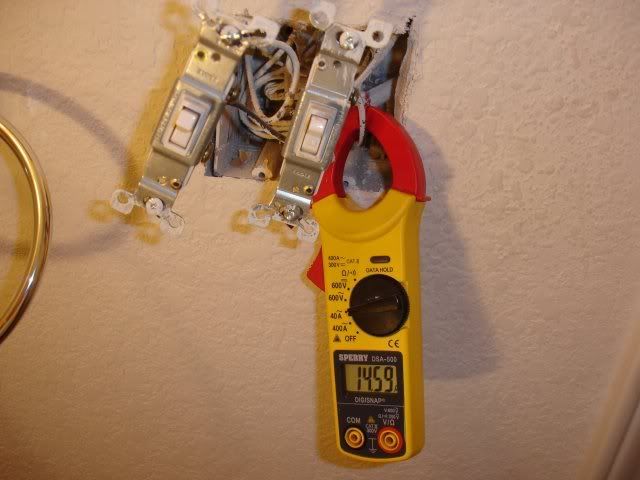augie47 said:
doesn't 210.21(B)(3) prohibit 20 amp recpetacles on 15 amp circuits?
If there's more than one receptacle on the circuit, yes.
LarryFine said:
The whole point is that, since you cannot predict with certainty what receptacle loads will be, how can you determine how much lighting can be placed on a circuit supplying both? The 50% rule only leaves 7.5a for receptacles.
Actually, lighting and general-use receptacles are on the same side of the coin. Fixed-in-place appliances are on the other side of the coin, 210.23(A)(2). A code compliant installation under the 2005 could use 15A for lighting and leave no remaining amps for a receptacle on the same circuit, IMO.
90.1(B) Adequacy. This Code contains provisions that are considered necessary for safety. Compliance therewith and proper maintenance results in an installation that is essentially free from hazard but not necessarily efficient, convenient, or adequate for good service or future expansion of electrical use.
I think all sides of this discussion have their valid points. Each design will have it's benefits and it's drawbacks. An all-20A house will cost more to build. A minimal 20A house may trip breakers in use.
I think
every electrician weighs the pros and cons differently. Minimally bid tract home EC's are more prone to push the envelope at every opportunity to save a buck, whereas one would hope that the EC bidding the higher-end tract homes, custom homes, and so forth would allow for above-code wiring.
If the minimalist has to continually return to the houses in a warranty period and break up their circuits after the fact, economics will demand that they design better in the future. Heck, I would be suprised if some of the larger ECs that do tracts even have a company-wide game plan. From my short experience, it rests entirely in the hands of the installer.
I thought it was a company standard to install weatherproofs and garage receptacles on a 20A circuit in the last company I was in, and once I floated around a bit I realized there was no standard within the company. One foreman flat out stated that we were
the low bid, and bare-bones minimum was all they get.
However, they still did not push code minimums to the extreme they could have, just due to the warranty factor. I never seperated lighting and receptacles, except where required by code, and never had callbacks (that I recall) from the practice. That doesn't make it a good design, just another design.
The one thing I'd take away from this is that if you are an EC, and you care about certain design aspects, perhaps you should have them on paper so the guys in the field know it's important that these design considerations are standard.



